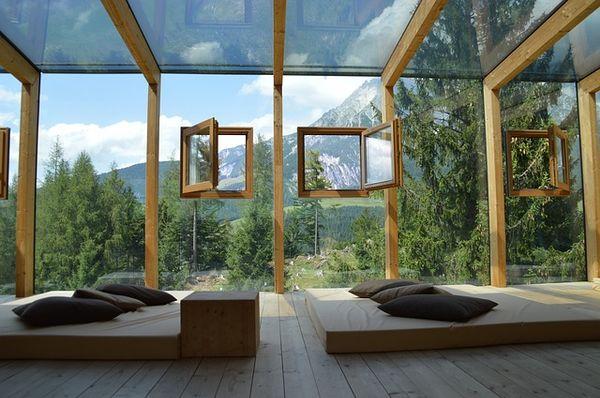Around the globe, many explorers are choosing holiday homes instead of booking hotels. Thanks to social media apps like Instagram, we are witnessing that the new generation of travelers have growing interest in accommodation-sharing sphere than staying in a hotel. Not quite hotel, let us do a comprehensive analysis of these accommodation-sharing homes also commonly known as short term rentals.

So, what are Short-Term Rentals (STR)?
Short Term Rental by definition is a property – apartment and/or furnished home that is rented for short term, that is, less than 30 days. The proprietor of the rental home usually rents out on weekly basis or sometime even nightly rates. The owner either rents their space when they are not using it or are shared spaces where the owner has a spare apartment/furnished house to rent out to the vacationer. Example of STR are those rooms that are rented through online platforms like Airbnb.
Is STR better Than Hotels?
Travelers in the west have been using short-term rental or vacation rentals for more than a century. And with growing backpacking craze, it has become more common even in India. Yes, because travelers prefer affordable classy homes to over-the-top expensive hotels. Further, technology has made it possible for tourist and apartment owners to connect easily, making it more inevitable. Even people traveling for music festivals, sport events and functions prefer STR to regular hotels.
STR has already changed the landscape and continues to further do so with customer-centric services, rapid scaling, and decentralized platforms that are growing both in supply and demand quarter on quarter. According to many travelers, short term vacation rentals are far more luxurious, functional and spacious stay at each price point as compared to traditional hotel rooms for the same price.
Short-Term Rental is a Lucrative Way to Profit
More and more tourists and travelers who normally preferred hotels are now becoming customers of short-term rental homes. Now though trekkers, backpackers and solo travellers have been doing this for decades; with the advent of the Internet, it has permitted an easier matching of both, units and renters. In addition to greater flexibility, these rentals even offer an exclusive experience that might not be available at hotels.
Besides, if projections of London-based global market research firm Euromonitor International is to be believed then, major player in the STR sector Airbnb will be the world’s second largest hospitality company in 2020 in terms of total room sales. Airbnb would only be dwarfed by the combined Marriott-Starwood and will have nearly $40 billion worth of short-term rental sales per year by 2020. This will only grow further which makes short-term vacation rental a lucrative way to profit from properties as it is already creating a pressure on the hotels on price, quality and even hospitality.
Should You Invest in Short-Term Rentals?
Savvy investors who can identify the transformational nature of STR in the real estate investment space, will recognize the tremendous opportunity it provides to access the hottest tourist destinations across the world’s fastest growing investment regions in real estate’s highest potential sector at an early stage. This is why real estate investment giants like SmartOwner, Asia’s leading property marketplace, are now introducing investment opportunities in short term rental portfolios. By offering a globally diversified exclusive portfolio of luxury properties, offerings like the SmartOwner STR Series are changing the landscape of real estate investments by allowing individual investors a once in a lifetime opportunity to own a stake in a portfolio of properties and earn best-in-class returns based on the superior income generated by short term properties far outweighing the rents that long term rental and even commercial rental enjoy, especially when profitability is significantly enhanced by professional management, algorithmic dynamic pricing, and superior services.

